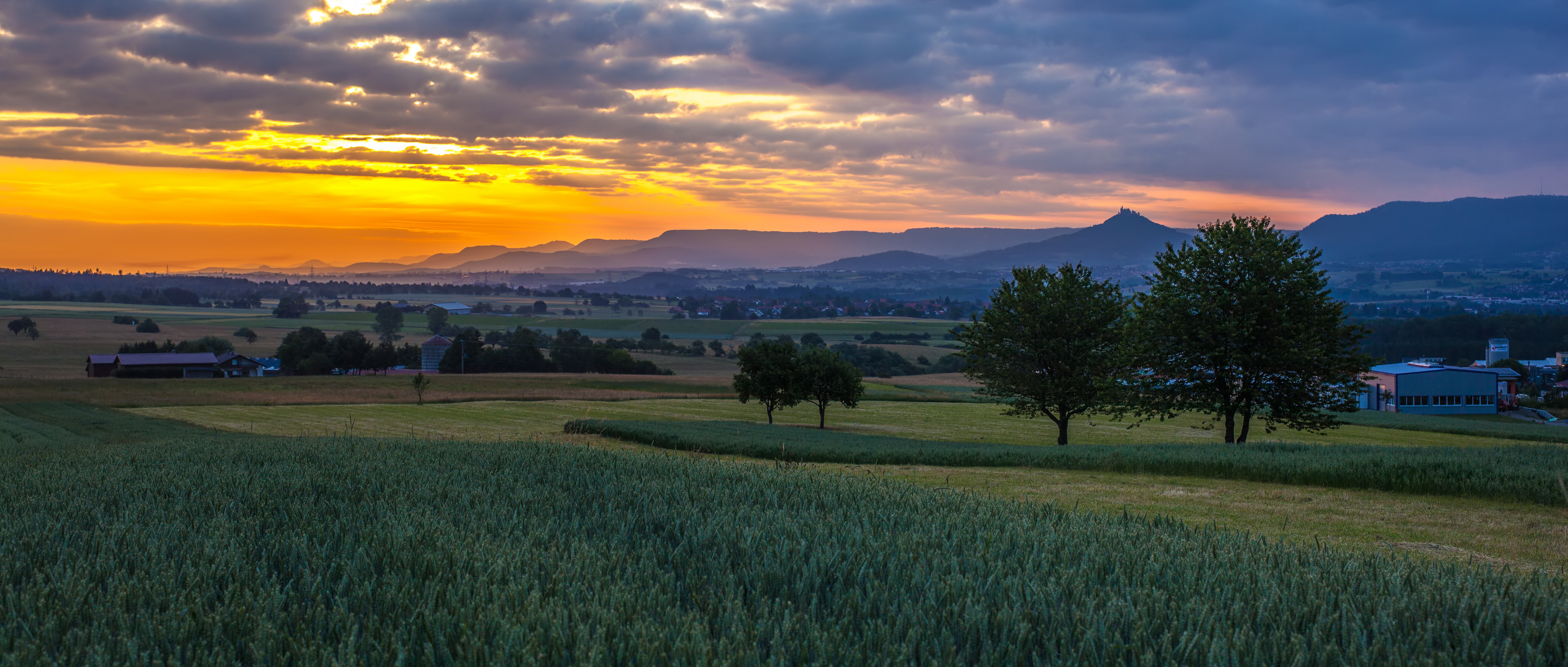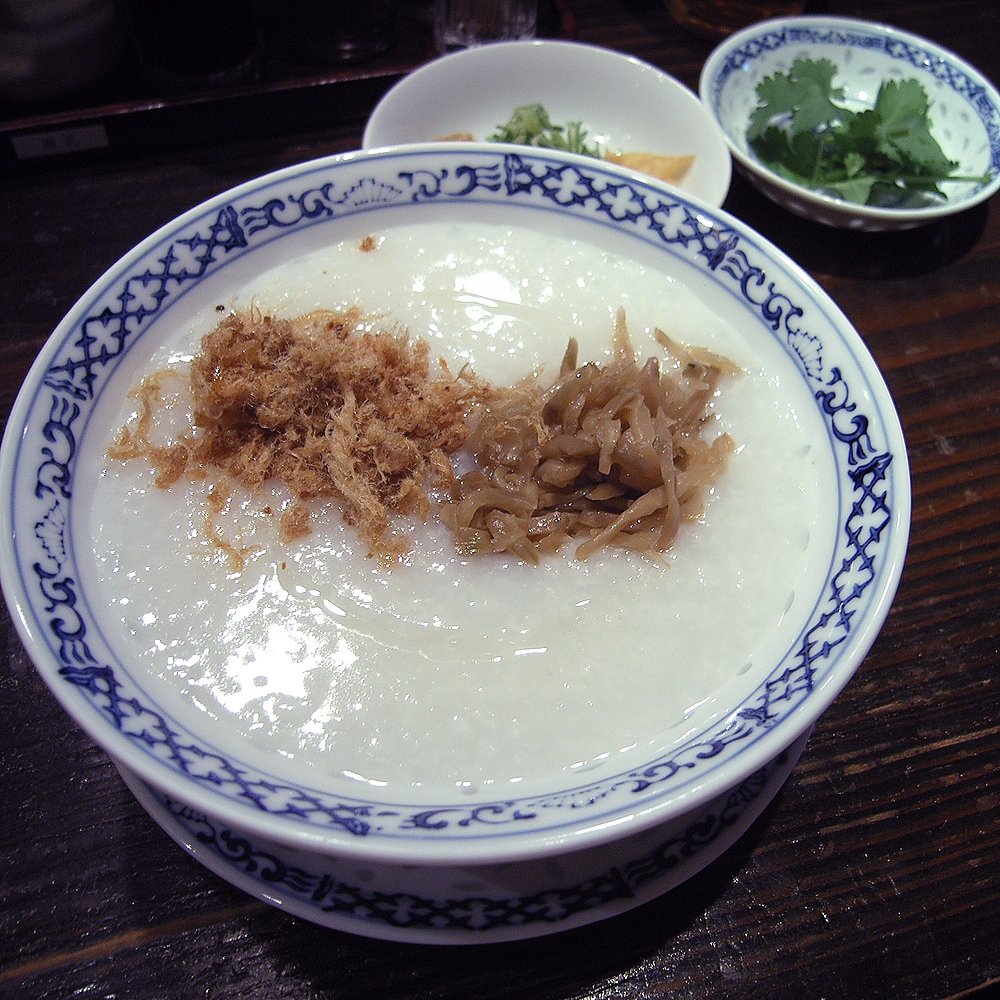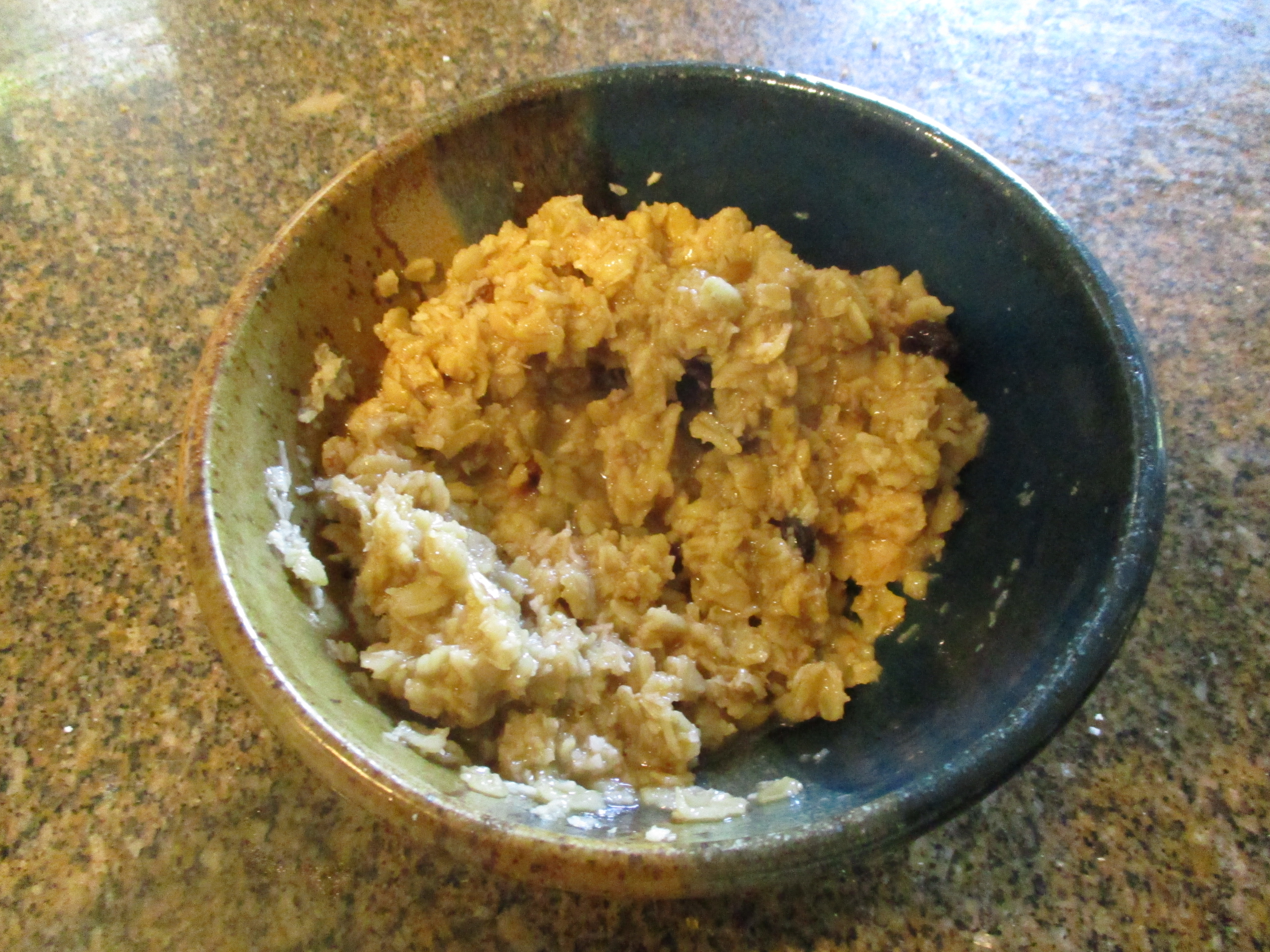|
Brenntar
BrenntarBarbara Ehlert: ''Getreide – die Grundlage unserer Zivilisation.'' I: ''Die Allgäuerin,'' 2010/3, S. 32/33 (PDF) or Habermus or Schwarzer Brei is a Swabian staple foodstuff, particularly prominent in the Swabian Jura and in the Allgäu. It is made of roasted flour, usually spelt flour or oat flour. This kiln-dried flour is called ''Musmehl''. It is usually cooked like a porridge with water and milk. The name ''Brenntar'' means "burned porridge", ''Habermus'' means "oat porridge", and ''Schwarzer Brei'' means "black porridge". If roasted correctly, however, Brenntar is brown, but if roasted for too long in the drying kiln it can turn black. History It is ...[...More Info...] [...Related Items...] OR: [Wikipedia] [Google] [Baidu] |
Swabian Jura
The Swabian Jura ( , more rarely ), sometimes also named Swabian Alps in English, is a mountain range in Baden-Württemberg, Germany, extending from southwest to northeast and in width. It is named after the region of Swabia. It is part of the Table Jura (). The Swabian Jura occupies the region bounded by the Danube in the southeast and the upper Neckar in the northwest. In the southwest it rises to the higher mountains of the Black Forest. The highest mountain in the region is the Lemberg (Swabian Alb), Lemberg (). The area's profile resembles a high plateau, which slowly falls away to the southeast. The northwestern edge is a steep escarpment (called the Albtrauf or Albanstieg, rising up , covered with forests), while the top is flat or gently rolling. In economic and cultural terms, the Swabian Jura includes regions just around the mountain range. It is a popular recreation area. The whole ''Schwäbische Alb'' area is a UNESCO Global Geoparks, UNESCO global geopark coveri ... [...More Info...] [...Related Items...] OR: [Wikipedia] [Google] [Baidu] |
List Of Porridges
Porridge is a dish made by boiling ground, crushed, or chopped starchy plants (typically grains) in water, milk, or both, with optional flavorings, and is usually served hot in a bowl or dish. It may be served as a sweet or savory dish, depending on the flavourings. Porridges A * Atole traditional masa-based hot maize based beverage of Mexican cuisine, Mexican and Latin American cuisine, Central American origin. It includes masa (corn hominy flour), water, piloncillo (unrefined cane sugar), cinnamon, vanilla and optional chocolate or fruit. The mixture is blended and heated before serving. * Avena (drink) prepared with stewed oatmeal, milk, water, cinnamon, clove and sugar *Arroz caldo, Arroz caldo or aroskaldo – a variant of congee in Filipino cuisine, Philippine cuisine. B * Barley gruel type of porridge found in Danyang, Jiangsu. It is made from barley, rice and alkali. * Belila (porridge), Belila is an Egyptian porridge made from pearl wheat, cooked in a light syrup with ... [...More Info...] [...Related Items...] OR: [Wikipedia] [Google] [Baidu] |
Porridges
Porridge is a food made by heating, soaking or boiling ground, crushed or chopped starchy plants, typically grain, in milk or water. It is often cooked or served with added flavourings such as sugar, honey, fruit, or syrup to make a sweet cereal, or it can be mixed with spices, meat, or vegetables to make a Savoury (dish), savoury dish. It is usually served hot in a bowl, depending on its consistency. Oat porridge, (known as oatmeal in North America) is one of the most common types of porridge. Gruel is a thinner version of porridge and congee is a savoury variation of porridge of Asian cuisine, Asian origin. Type of grains The term "porridge" is used in British English (Britain, Ireland, Australia and New Zealand) specifically for oatmeal. This is a hot mixture of oatmeal or oats slowly cooked with water or milk. It is typically eaten for breakfast by itself or with other ingredients, including salt, sugar, fruit, milk, cream, or butter. Other grains used for porridge include ... [...More Info...] [...Related Items...] OR: [Wikipedia] [Google] [Baidu] |
Swabian Cuisine
Swabian cuisine is native to Swabia, a region in southwestern Germany comprising great parts of Württemberg and the Swabia (Bavaria), Bavarian part of Swabia. Swabian cuisine has a reputation for being rustic, but rich and hearty. Fresh egg pastas (e.g., Spätzle noodles or Maultaschen dumpling wrappers), soups, and sausages are among Swabia's best-known types of dishes, and Swabian cuisine tends to require broths or sauces; dishes are rarely "dry". History As soils were meagre and stony, conditions for raising cattle were poor. Meat, therefore, was something of a luxury for most, and was mainly consumed by the German_nobility, aristocracy and Feudalism, landowners, while the Peasant, common people often had to be content with tripe where meat was concerned. Regional influences on Swabian cookery abound. Old-Wurttemberg was Pietism, pietistic, and the cuisine is therefore rather simple, as nutrition was prized above flavour, in keeping with Christian asceticism. In the Roman Ca ... [...More Info...] [...Related Items...] OR: [Wikipedia] [Google] [Baidu] |
Tsampa
Tsampa or Tsamba (; ) is a Tibetan and Himalayan staple foodstuff; it is also prominent in parts of northern Nepal. It is a glutinous meal made from roasted flour, usually barley flour and sometimes also wheat flour and flour prepared from tree peony seeds. It is usually mixed with the Tibetan butter tea. It is also eaten in Turkestan and Mongolia, where it is known as ''zamba''. Preparation As the flour has already been roasted ''Tsampa'' is quite simple to prepare and does not need to be cooked; indeed, it is known as a convenience food and often used by the Tibetans, Sherpas, nomads and other travellers. While traditional tsampa is prepared with tea, sometimes water or beer is used in its place. It may also be prepared as a porridge which is called a "jham-thoo" which is usually sweet and nutty and prepared with Tibetan cheese, butter, tea and sugar. Tsampa is also prepared in a congee with lamb or yak stock to make a congee which is called "tsam-thug". André Migot des ... [...More Info...] [...Related Items...] OR: [Wikipedia] [Google] [Baidu] |
Porridge
Porridge is a food made by heating, soaking or boiling ground, crushed or chopped starchy plants, typically grain, in milk or water. It is often cooked or served with added flavourings such as sugar, honey, fruit, or syrup to make a sweet cereal, or it can be mixed with spices, meat, or vegetables to make a Savoury (dish), savoury dish. It is usually served hot in a bowl, depending on its consistency. Oat porridge, (known as oatmeal in North America) is one of the most common types of porridge. Gruel is a thinner version of porridge and congee is a savoury variation of porridge of Asian cuisine, Asian origin. Type of grains The term "porridge" is used in British English (Britain, Ireland, Australia and New Zealand) specifically for oatmeal. This is a hot mixture of oatmeal or oats slowly cooked with water or milk. It is typically eaten for breakfast by itself or with other ingredients, including salt, sugar, fruit, milk, cream, or butter. Other grains used for porridge include ... [...More Info...] [...Related Items...] OR: [Wikipedia] [Google] [Baidu] |
Ark Of Taste
The Ark of Taste is an international catalogue of endangered heritage foods which is maintained by the global Slow Food movement. The Ark is designed to preserve at-risk foods that are sustainably produced, unique in taste, and part of a distinct ecoregion. Contrary to the most literal definition of plant and animal conservation, the Ark of Taste aims to maintain edibles in its purview by actively encouraging their cultivation for consumption. By doing so, Slow Food hopes to promote the growing and eating of foods which are sustainable and preserve biodiversity in the human food chain. The list is intended to include foods which are rare, and are "culturally or historically linked to a specific region, locality, ethnicity or traditional production practice". Which foods meet these criteria is decided by an adjudicating committee made up of members of the Slow Food nonprofit organization; all candidates go through a formal nomination process which includes tastings and identific ... [...More Info...] [...Related Items...] OR: [Wikipedia] [Google] [Baidu] |
Porridge
Porridge is a food made by heating, soaking or boiling ground, crushed or chopped starchy plants, typically grain, in milk or water. It is often cooked or served with added flavourings such as sugar, honey, fruit, or syrup to make a sweet cereal, or it can be mixed with spices, meat, or vegetables to make a Savoury (dish), savoury dish. It is usually served hot in a bowl, depending on its consistency. Oat porridge, (known as oatmeal in North America) is one of the most common types of porridge. Gruel is a thinner version of porridge and congee is a savoury variation of porridge of Asian cuisine, Asian origin. Type of grains The term "porridge" is used in British English (Britain, Ireland, Australia and New Zealand) specifically for oatmeal. This is a hot mixture of oatmeal or oats slowly cooked with water or milk. It is typically eaten for breakfast by itself or with other ingredients, including salt, sugar, fruit, milk, cream, or butter. Other grains used for porridge include ... [...More Info...] [...Related Items...] OR: [Wikipedia] [Google] [Baidu] |
Staple Food
A staple food, food staple, or simply staple, is a food that is eaten often and in such quantities that it constitutes a dominant portion of a standard diet for an individual or a population group, supplying a large fraction of energy needs and generally forming a significant proportion of the intake of other nutrients as well. For humans, a staple food of a specific society may be eaten as often as every day or every meal, and most people live on a diet based on just a small variety of food staples. Specific staples vary from place to place, but typically are inexpensive or readily available foods that supply one or more of the macronutrients and micronutrients needed for survival and health: carbohydrates, proteins, fats, minerals, and vitamins. Typical examples include grains (cereals and legumes), seeds, nuts and root vegetables (tubers and roots). Among them, cereals (rice, wheat, oat, maize, etc.), legumes ( lentils and beans) and tubers (e.g. potato, taro ... [...More Info...] [...Related Items...] OR: [Wikipedia] [Google] [Baidu] |
Máchica
' () is a type of flour made from ground toasted barley or other toasted grains. It is used in Cuisine of Bolivia, Bolivian, Cuisine of Ecuador, Ecuadorian and Cuisine of Peru, Peruvian cuisine. History Spanish colonists brought the technique of toasting grain to enhance its nutritional value, then grinding the toasted grain into flour, from Central America to the Andean region. The Mesoamerican product, ', uses toasted corn, but in Ecuador the process was applied primarily to barley. Production Grain is toasted, then ground finely. Uses ' is used in a variety of foods that are part of Andean cuisine. These include ', an herbal tea decoction made with lemongrass, lemon verbena or other herbs; another beverage called ' made by mixing the ' with hot or cold liquid; ', a nougat confection made using ' (unrefined cane sugar), eggs, ' and a variety of walnut called '; ', a variety of bread baked using ' in addition to untoasted flour; '—akin to but distinct from '—a beverage pr ... [...More Info...] [...Related Items...] OR: [Wikipedia] [Google] [Baidu] |
Staple Foods
A staple food, food staple, or simply staple, is a food that is eaten often and in such quantities that it constitutes a dominant portion of a standard diet for an individual or a population group, supplying a large fraction of energy needs and generally forming a significant proportion of the intake of other nutrients as well. For humans, a staple food of a specific society may be eaten as often as every day or every meal, and most people live on a diet based on just a small variety of food staples. Specific staples vary from place to place, but typically are inexpensive or readily available foods that supply one or more of the macronutrients and micronutrients needed for survival and health: carbohydrates, proteins, fats, minerals, and vitamins. Typical examples include grains (cereals and legumes), seeds, nuts and root vegetables (tubers and roots). Among them, cereals (rice, wheat, oat, maize, etc.), legumes (lentils and beans) and tubers (e.g. potato, taro and yam) acc ... [...More Info...] [...Related Items...] OR: [Wikipedia] [Google] [Baidu] |
German Cuisine
The cuisine of Germany consists of many different local or regional cuisines, reflecting the country's federal history. Germany itself is part of the larger cultural region of Central Europe, sharing many culinary traditions with neighbouring countries such as Poland and the Czech Republic (and Slovakia as well). In Northern Europe, in Denmark more specifically, the traditional Danish cuisine had also been influenced by German cuisine in the past, hence several dishes being common between the two countries (e.g. potato salad). At the same time, German cuisine also shares many similar characteristics with Western European cuisine, as is reflected by some common traditional dishes served in the Low Countries (i.e. Netherlands, Belgium, and, most notably, Luxembourg). Southern German regions, such as Bavaria and Swabia, share dishes with Austrian cuisine and parts of Swiss cuisine as well. The German cuisine has also influenced other European cuisines from Central-Eastern Europe su ... [...More Info...] [...Related Items...] OR: [Wikipedia] [Google] [Baidu] |






